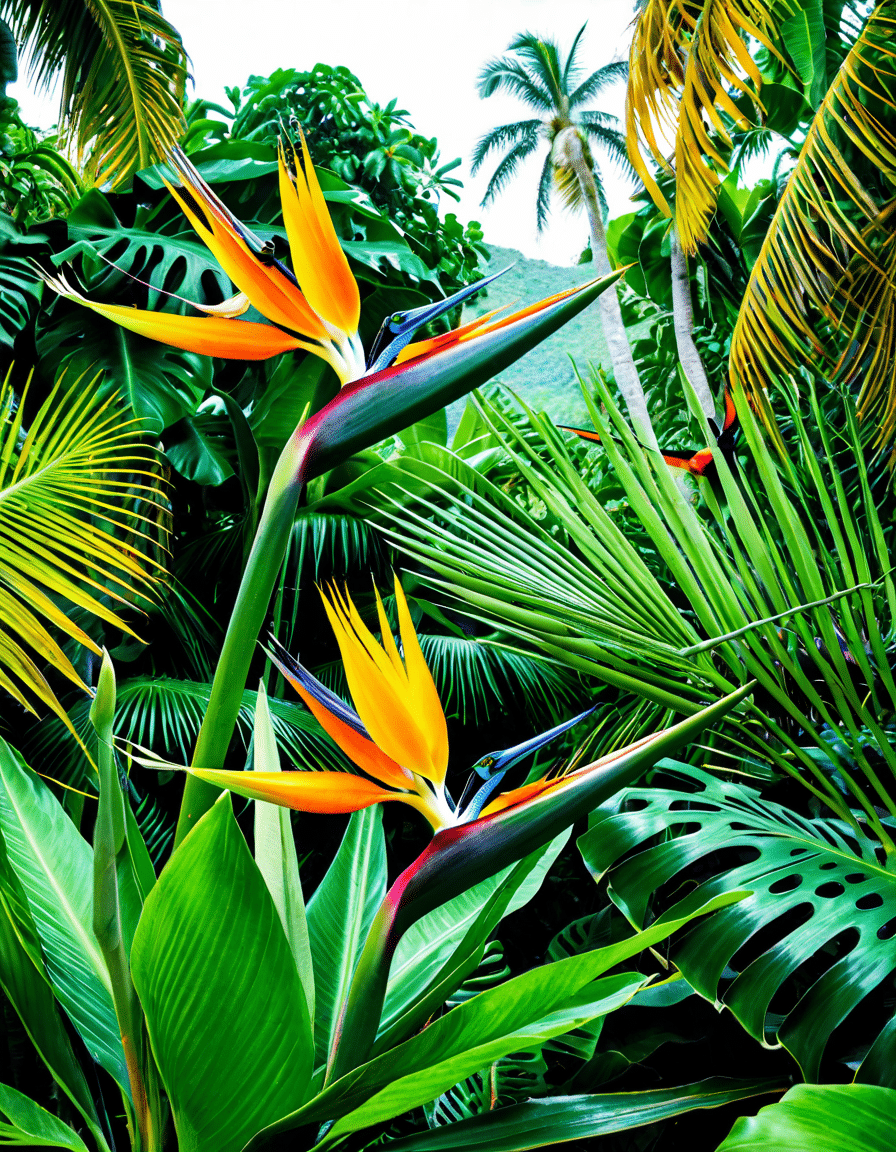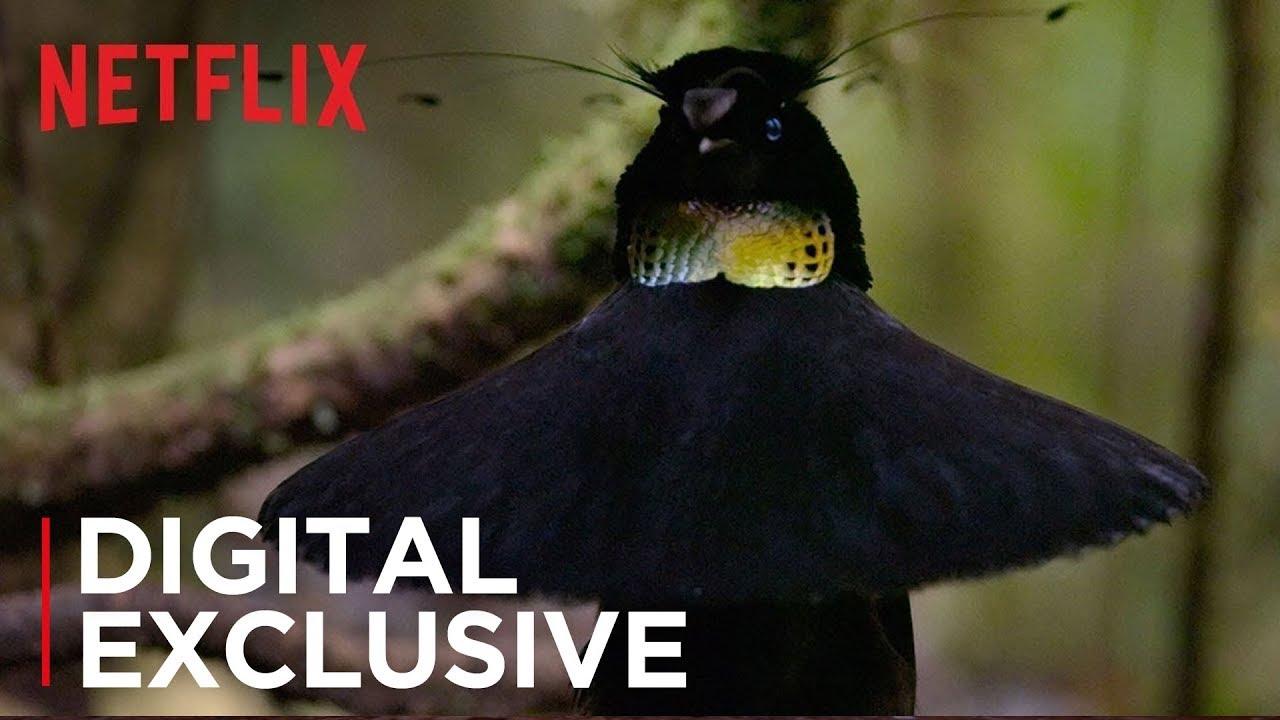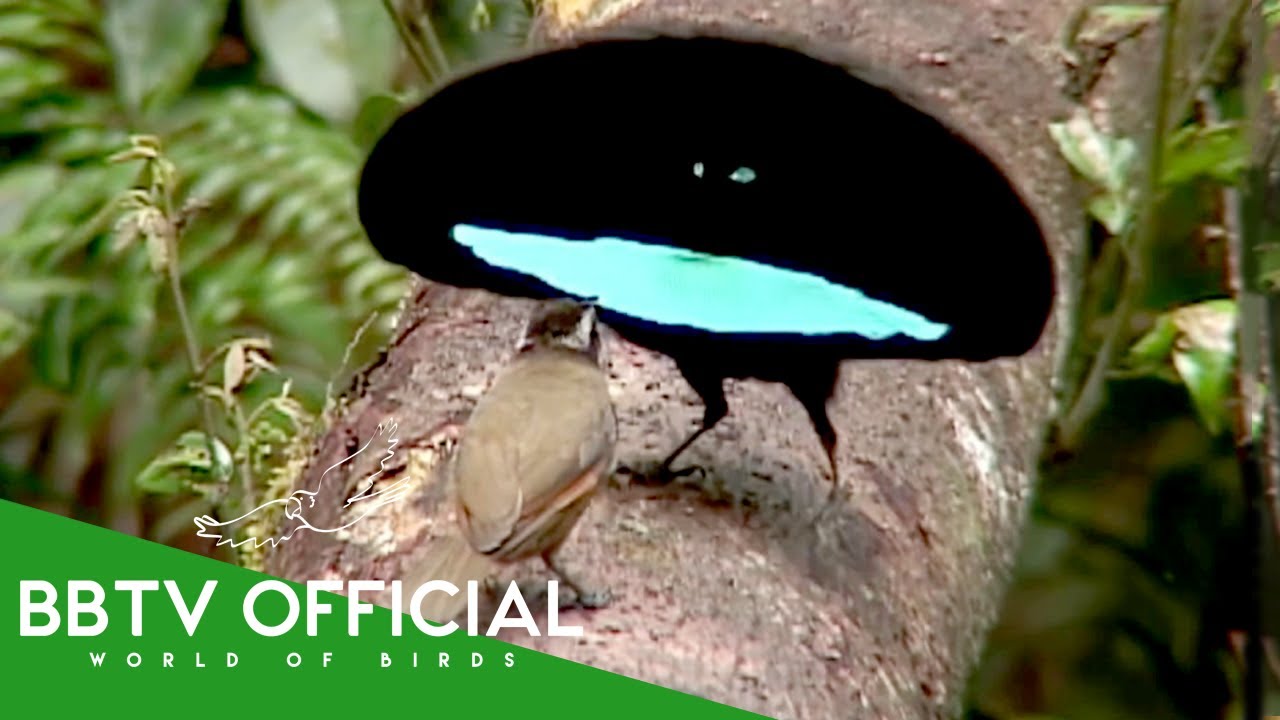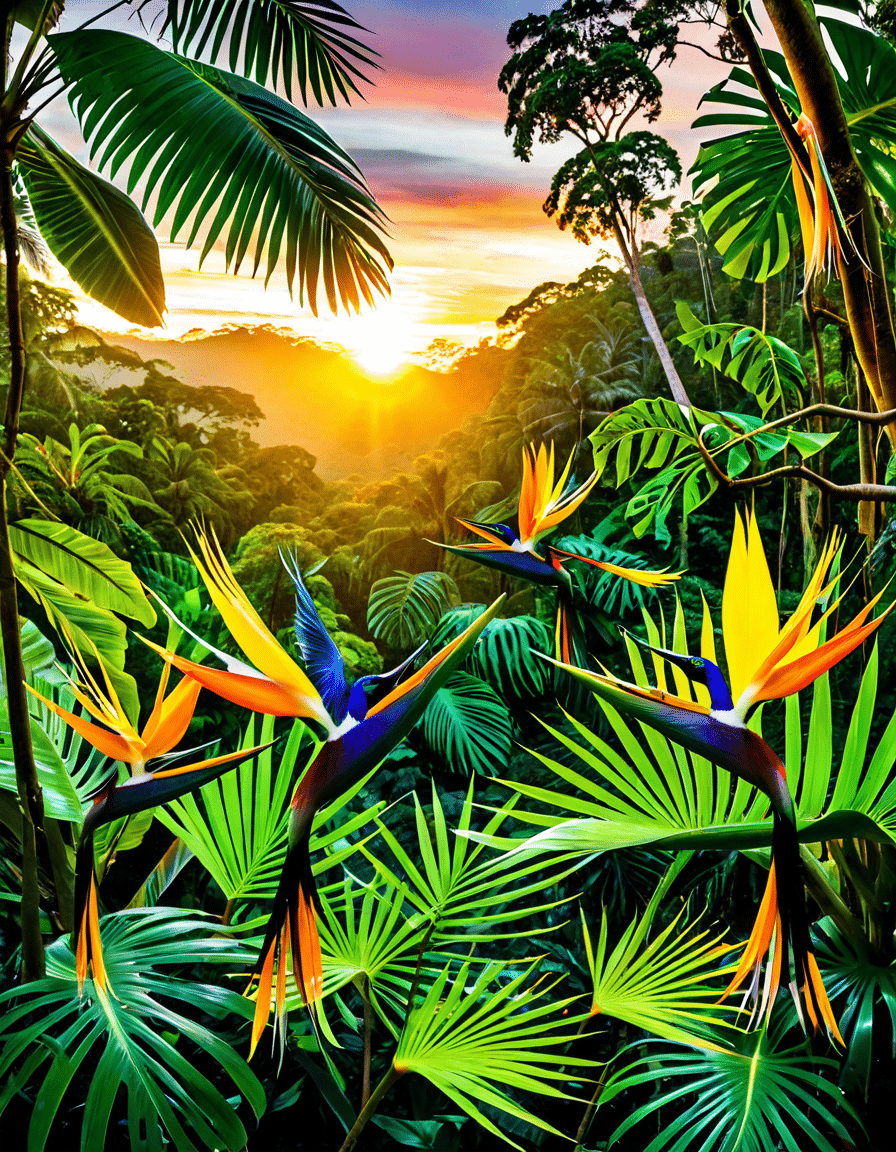
Birds Of Paradise Are Nature’s Most Stunning Creatures
The breathtaking allure of birds of paradise captivates not just nature enthusiasts, but also filmmakers aiming to capture the beauty of life in the wild. With their vibrant colors and intricate courtship behaviors, these incredible creatures have sparked the interest of scientists and filmmakers alike. Native to the rainforests of New Guinea and surrounding islands, birds of paradise display a variety of stunning plumage and complex behaviors that are simply jaw-dropping. This article dives deep into the captivating world of birds of paradise, their unique features, and the importance of conserving these fascinating species.
Top 7 Birds of Paradise and What Makes Them Unique
Birds of paradise vary immensely in colors, behaviors, and habitats. Let’s explore seven of the most remarkable species and what sets them apart from the rest.
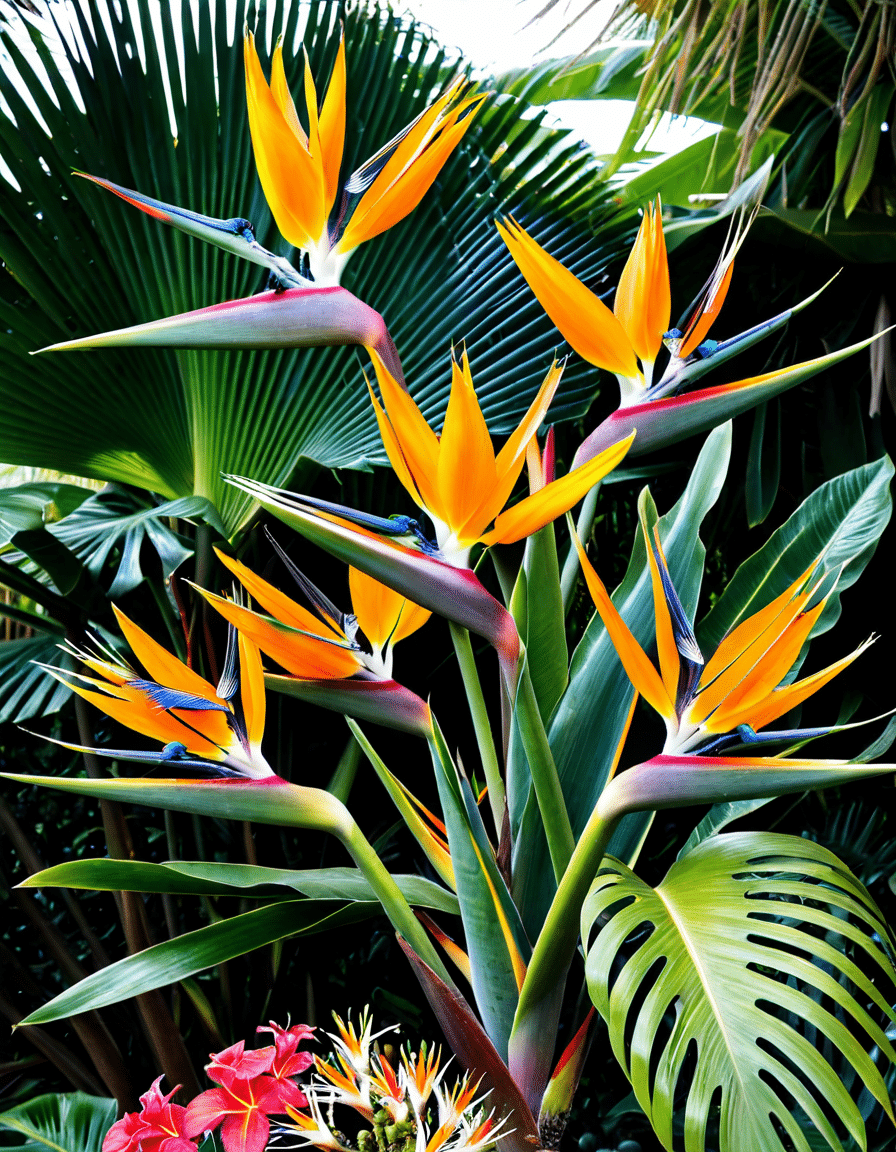
The Evolutionary Marvels of Birds of Paradise
Evolution has crafted birds of paradise into extraordinary creatures, each exhibiting stunning adaptations. Sexual dimorphism is a significant feature of many species, where males and females differ vastly in appearance. This difference is essential, as female choice often drives mating preferences, with females selecting mates based on vibrant colors and impressive display performances.
Moreover, recent research highlights that these displays serve as critical indicators of fitness and genetic quality. Males capable of performing energetic and elaborate dances are often the most desirable, thereby ensuring the propagation of strong genetic lines. This evolutionary aspect has captured the interest of filmmakers and biologists alike, providing deep insights into the intricacies of natural selection.
As we witness the performances of these birds of paradise, it becomes clear how their behaviors are not just instinctual but also a reflection of adaptation to their environments. These remarkable adaptations remind us how interconnected life is and how the beauty of the birds also underscores the importance of preserving their habitats.
Cultural Significance and Conservation
Birds of paradise hold profound cultural significance and ecological roles beyond their stunning appearances. They act as vital pollinators and seed dispersers within rainforests, contributing to the health of their ecosystems. But sadly, their beauty has also made them targets for collectors, leading to a decline in many populations due to illegal trade and habitat loss.
Global conservation efforts aim to protect these mesmerizing creatures and their environments. Organizations like BirdLife International and the World Wildlife Fund work tirelessly to safeguard their habitats. Dr. Kevin J. Gaston’s research has spotlighted the ecological significance of birds of paradise, advocating for sustainable practices and wildlife protection laws that resonate with communities and conservationists globally.
In addition to fieldwork, educating the public about these species can bolster support for conservation. Public campaigns and documentaries provide insight into the lives of these birds, fostering a deeper appreciation that can lead to action. The more people learn about the stunning world of birds of paradise, the more likely they’ll stand up to protect them.
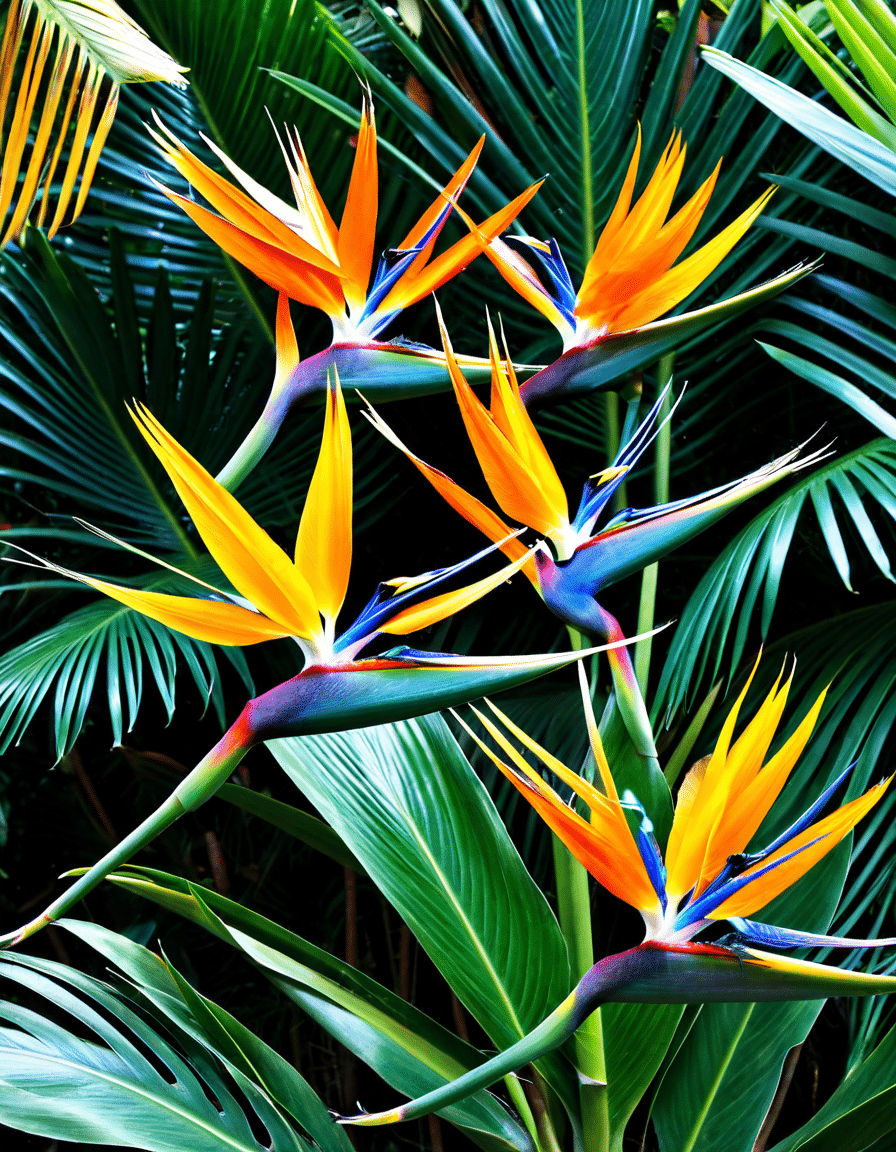
The Future of Birds of Paradise
The future of birds of paradise hangs in the balance, mainly due to climate change and deforestation. Habitat destruction poses a significant threat, making conservation efforts more urgent than ever. Innovative solutions like eco-tourism offer a promising avenue for preserving these amazing creatures. When locals engage in sustainable tourism, they not only protect their environments but also invite others to witness the stunning beauty of birds of paradise in their natural habitats.
Thriving ecotourism can provide economic incentives for communities to invest in conservation. Local initiatives encourage the preservation of these avian wonders, making them more than just beautiful images on a screen. By collaborating with conservationists and filmmakers, communities can create a future where people and wildlife coexist harmoniously.
As the world evolves, we must continue to elevate and protect birds of paradise. Initiatives that promote awareness and engagement can help create a more sustainable future. Whether through documentaries or films—like those capturing Post-apocalyptic scenarios—raising awareness around these precious birds is essential as we face substantial environmental changes.
Unraveling the Mystique
Birds of paradise are a testament to nature’s brilliance, captivating both scientists and the public alike. The intricate behaviors, stunning colors, and vital roles they play in ecosystems combine to enhance our understanding of evolutionary biology. As stewards of our environment, we hold the responsibility to protect these remarkable nations of beauty.
The preservation of birds of paradise speaks to the heart of environmental stewardship. Not only do they showcase the diversity of life on Earth, but their survival reflects our own engagement with the natural world. By celebrating and protecting birds of paradise, we acknowledge the delicate balance of life and pave the way for future generations to enjoy the captivating beauty of our planet’s most stunning creatures.
Birds of Paradise: Nature’s Most Stunning Creatures
An Eye-Catching Parade
Did you know that when it comes to courtship, birds of paradise put on a real show? Males are known for their extravagant displays. With vivid feathers and mesmerizing dance moves, they seem to embody a mix of flamboyance and grace—think of it as nature’s own version of a talent show! It’s almost as if they’re channeling their inner Max caulfield to sway the heart of a potential mate. Interestingly, some birds of paradise can even mimic other species’ calls as part of their routine. Agility and flair are certainly part of the score!
Colorful Connections
These spectacular birds are found in New Guinea and surrounding islands, showcasing a fascinating array of colors and patterns. Who knew that the vibrant plumage was more than eye candy? These hues serve crucial roles in attracting mates and deterring rivals. Birds of paradise were first identified by European explorers in the 18th century, and since then, they’ve sparked a creative frenzy similar to the buzz around the show Total Dramarama. With captivating beauty comes endless curiosity—everyone wants to know where to watch these fanciful creatures strut their stuff!
The Struggle for Survival
Despite their dazzling looks, many species of birds of paradise face significant threats due to habitat loss and hunting. Here’s a fun tidbit: researchers have found that these birds can travel vast distances while foraging, showcasing their tenacity in tough times. It reminds you of famous figures like Frank Abagnale jr., who successfully maneuvered through complex situations. Through conservation efforts, however, we hope to safeguard their future and keep the balance between their existence and the modern challenges they face. It’s a reminder that we can all strive to make a difference, even if it means dealing with a quit claim deed form to support wildlife reserves!
As curious as a cat, their behaviors and habitats are not just scientifically fascinating; they also stir our imaginations and paint a vivid picture of nature in its finest form—from springing dancers to arresting colors in scenic backdrops. And just like the popular meme illustrating the ups and downs of emotions, the saga of birds of paradise is one of both beauty and struggle, a true testament to nature’s artistry.
